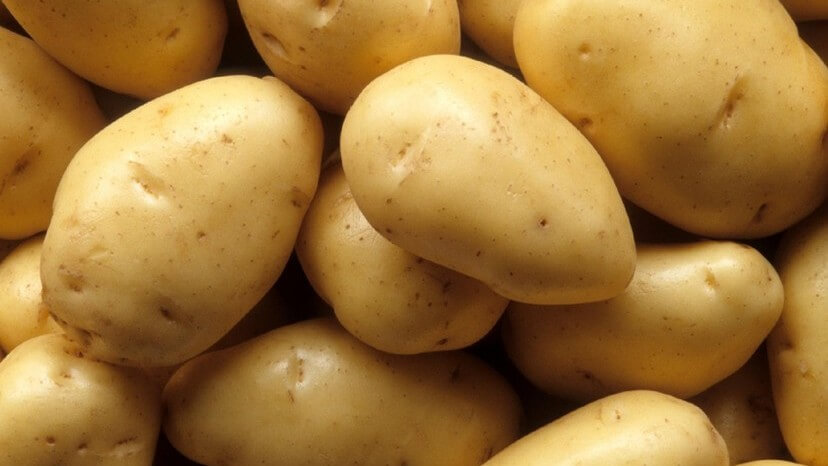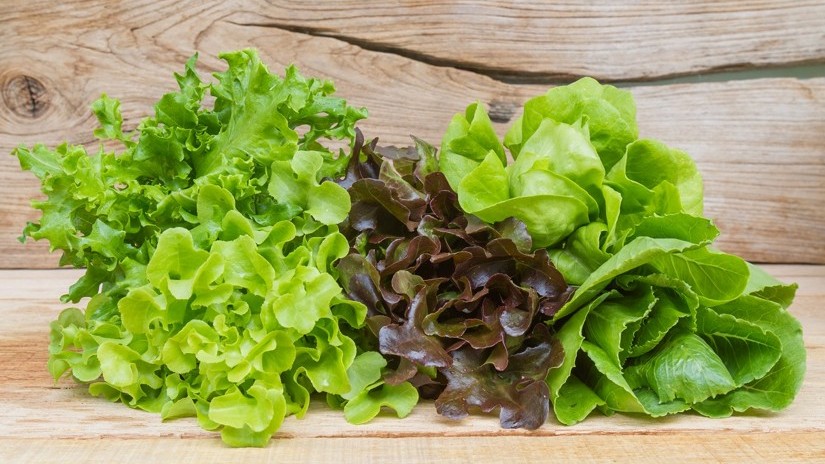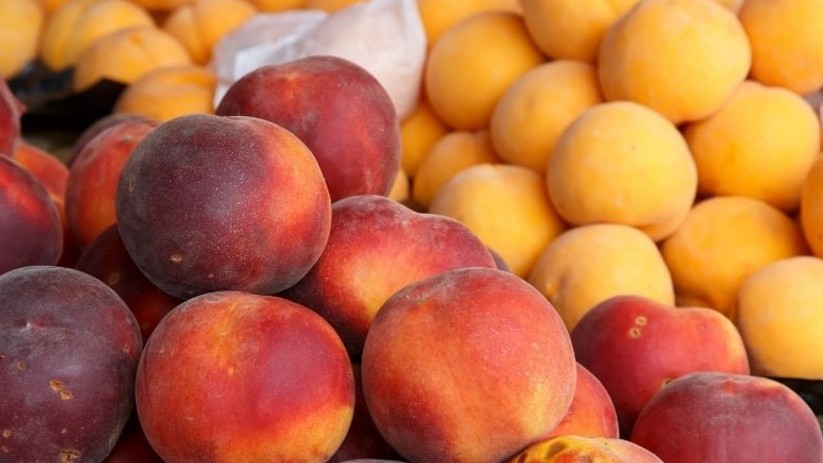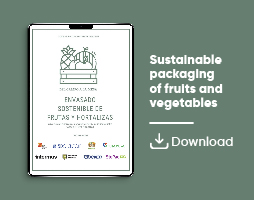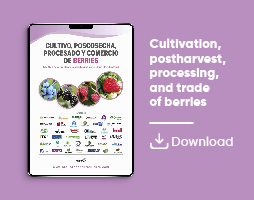News
Post-harvest treatment of grapes with ozone preserves their quality
Ozonated mist and ozone gas, applied for 10 minutes, completely inactivate molds and yeasts, keeping microbiological levels below the detection limit throughout the 21 days of storage
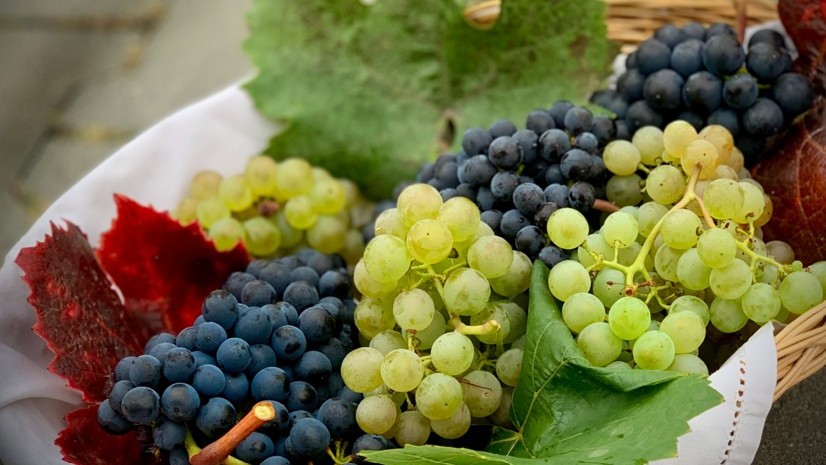
Grapes (Vitis vinifera L., Vitaceae family) are one of the most widely grown and consumed fruits worldwide, distinguished by their versatility and economic importance. They have a variety of uses, including fresh consumption, as raisins, in juices, and their essential role in wine production.
The consumption of table grapes and those intended for wine production has been associated with numerous nutritional and human health benefits, mainly due to the presence of antioxidant polyphenols, such as resveratrol. These bioactive compounds have antioxidant, anti-inflammatory, anticancer, and antibacterial activities, thus playing an important role in the therapeutic and preventive potential in various health conditions.
The growing recognition of these benefits has driven the expansion of grape cultivation and consumption in many countries.
Currently, the global area dedicated to grape cultivation covers approximately 6.7 to 7.3 million hectares, with annual production ranging from 73.5 to 80.1 million tons.
Of these, between 52% and 71% are used for wine production, between 27% and 41% are consumed as table grapes, and between 2% and 7% are used in the production of raisins.
Postharvest losses
The easy deterioration of grapes poses significant challenges, as it makes it difficult to maintain quality during transport and storage.
Various studies have shown that postharvest losses can reach up to 25% of total fruit production in industrialized countries and more than 50% in developing countries, depending on the handling practices and storage conditions adopted.
The rapid decomposition of the fruit is mainly attributed to microbiological contamination, particularly by fungi (molds) and yeasts. These microorganisms compromise the physical and chemical quality of the fruit, causing dehydration, changes in texture, browning, and the production of toxic metabolites such as mycotoxins.
Mycotoxins, in particular, pose a serious threat to human health, compromising the immune, neurological, and gastrointestinal systems. In addition to rendering the product unfit for consumption, these alterations cause substantial economic losses, underscoring the need for effective strategies to mitigate deterioration and minimize postharvest waste.
Rot Control
Traditionally, sulfur dioxide (SO2) has been the predominant agent used for microbiological control during grape storage and processing.
While this compound has proven effective, it has significant drawbacks, primarily due to the formation of toxic byproducts, such as sulfite accumulation, which can pose risks to public health, including allergic reactions, respiratory problems, gastrointestinal disorders, and, in severe cases, anaphylaxis.
These concerns not only raise questions about the safety of traditional disinfection methods but also highlight the urgent need for safe and sustainable alternatives for postharvest microbiological control.
Ozone, an effective disinfectant
In this context, ozone (O₃) has become a promising solution. It is a recognized oxidant with a remarkable ability to inactivate microorganisms, including fungi and bacteria, thus ensuring microbiological control without compromising food quality.
The main benefit of ozone lies in its inherent property of decomposing into molecular oxygen (O₂) and an unstable O atom that will remove electrons from other elements, oxidizing them, thus eliminating the possibility of chemical residues that could be harmful to food safety and environmental sustainability.
The effectiveness of ozone as a disinfectant has been widely demonstrated in scientific studies, underscoring its ability to inactivate a broad spectrum of microorganisms in various foods.
Grape Research
A recent study evaluated the impact of ozone mist, ozone gas, and their combination on the inactivation of molds and yeasts, as well as on the physicochemical quality of grapes during 21 days of storage at 10 and 20 °C, conditions common in supermarkets and less than optimal storage conditions prevalent in tropical regions, respectively.
The treatments consisted of applying ozone at a concentration of 30.10 mgL-¹, at a flow rate of 2 L/min, for exposure periods of 3, 5, and 10 minutes, followed by storage at 10 and 20 °C.
The treated samples were compared with untreated control grapes stored under similar conditions.
Ozonated mist and ozone gas, the most effective treatments
The combined treatment of ozonated mist and ozone gas, applied for 10 minutes, proved to be the most effective in completely inactivating molds and yeasts, keeping microbiological levels below the detection limit throughout the 21 days of storage.
A temperature of 10 °C proved effective in reducing mass loss in grapes during storage.
Ozonation did not adversely affect the physicochemical quality of the fruit and, when applied in combination, promoted improvements in these attributes, especially an increase in total soluble solids content and chlorophyll a and b levels in the rachis.
Source
Sitoe, E. da P. E.; Usberti, F. C. S.; Margalho, L. P.; Aguiar, R. H.; Machado, B. D. P.; Sant’Ana, A. S. (2025)
Postharvest quality of grapes treated with ozone mist, isolated and combined ozone gas, stored at different temperatures
Postharvest Biology and Technology, 228: 113655.
Cover Photo
https://www.greatwines.com.br/2021/07/18/uvas-exoticas-estas-delicias-desconhecidas/ Access on 11/08/2025.



